Family: Scarabaeidae. Subfamily: Scarabaeinae. Tribe: Scarabaeini
Orpen camp, Kruger National Park, Dec 2020 © RogerFraser
 © Sprocky
© SprockyKruger National Park
 © BluTuna
© BluTuna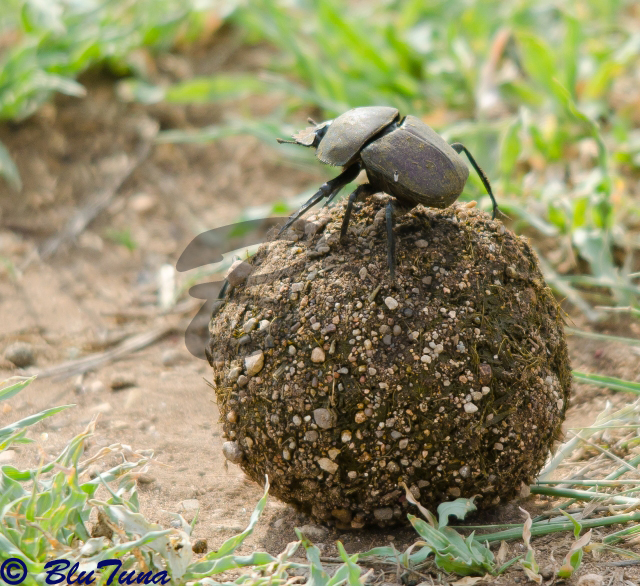 © BluTuna
© BluTuna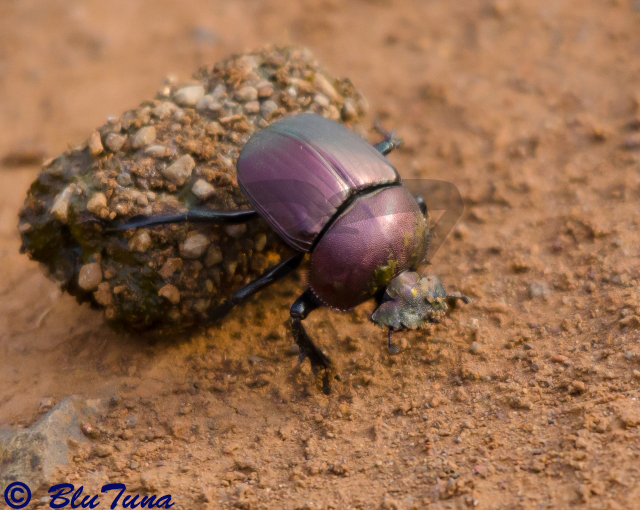 © BluTuna
© BluTunaKruger National Park, S28
Distribution
Southern Africa (Zimbabwe, Mozambique, Namibia, Botswana, Transvaal, Cape, Free State, Natal).
Habitat
Savannah and woodland. Warm to hot summer rainfall areas of South Africa.
Biology
Diurnal ball-rolling dung beetle. Adults are active from October to April. Body temperature of males raised before fighting over females. Adults cut portions from fresh dung of various mammals. Pairs often cooperate in constructing a brood ball and bury the brood ball of dung into which an egg is laid. Females care for the brood and remain with the offspring for about 12 weeks. These beetles overwinter as adults and can live for two or more years.
The beetles use their balls of poo as a portable AC unit. The ball has an average temperature of 32° C and it cools down the sand the beetle steps on by 1.5° C. During midday, when the beetle’s front legs and head get hotter, the beetle climbs onto the ball, which is very moist, to cool down.
Links:
Dung beetles use their dung ball as a mobile thermal refuge PDF)
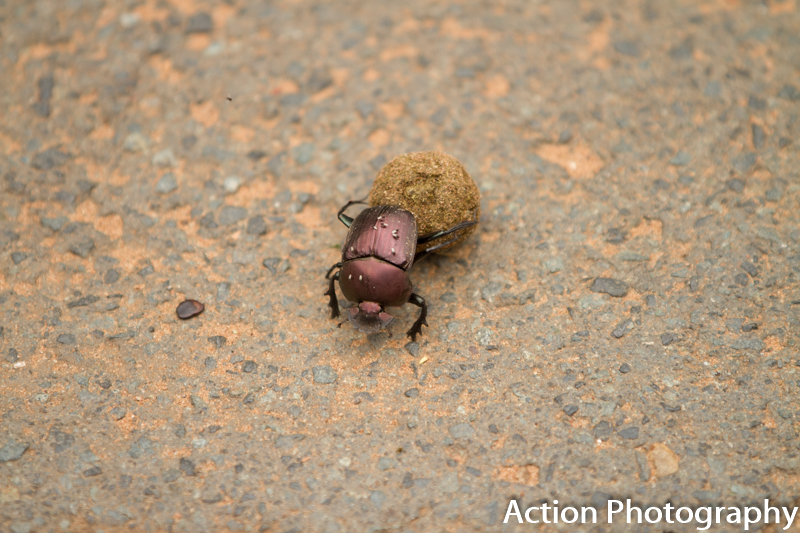
Mkuze, KZN © RogerFraser



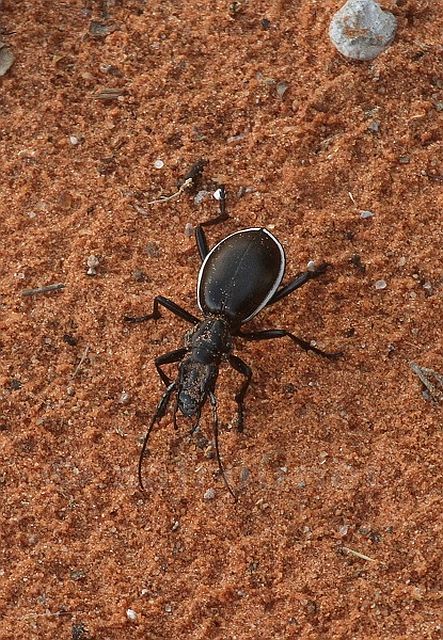 © nan
© nan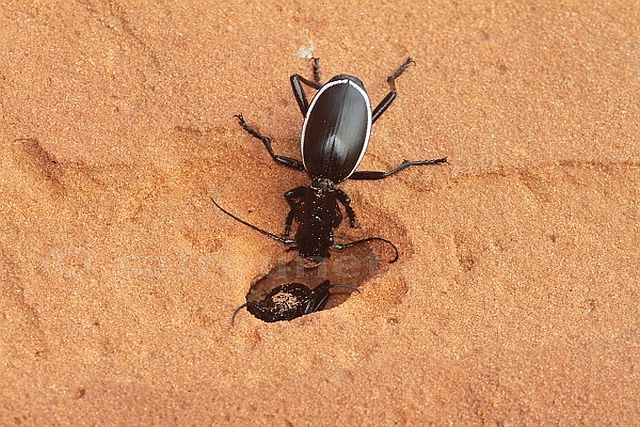 © nan
© nan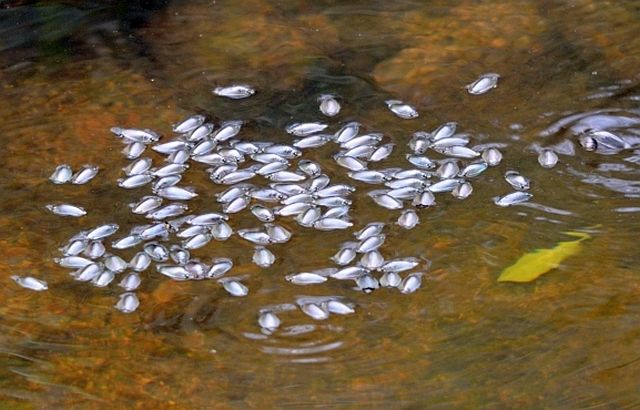 © BluTuna
© BluTuna
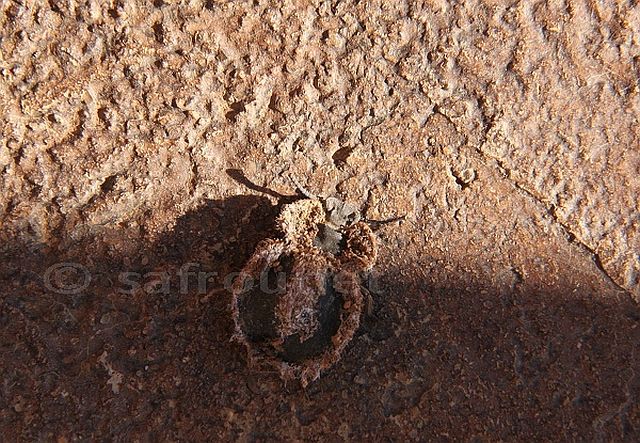
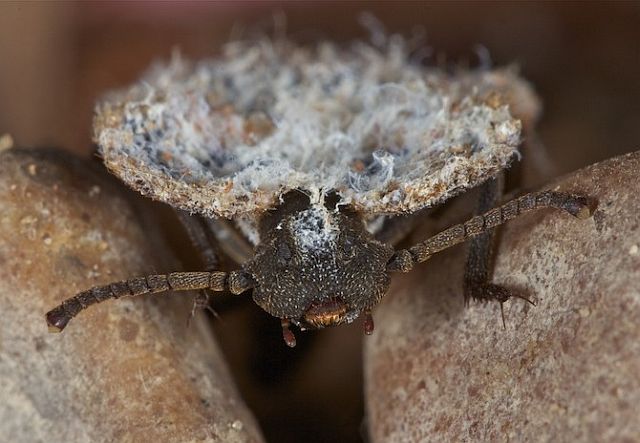 © ExFmem
© ExFmem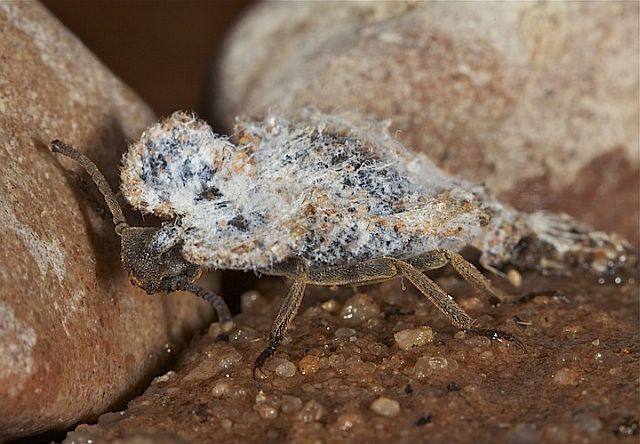 © ExFmem
© ExFmem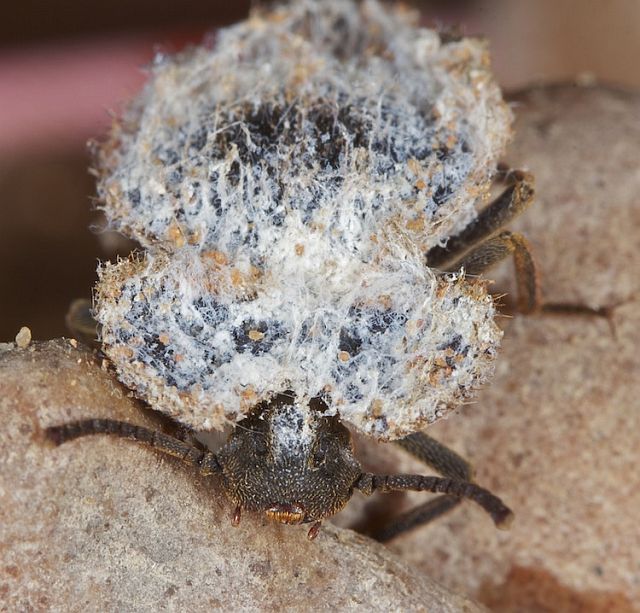 © ExFmem
© ExFmem
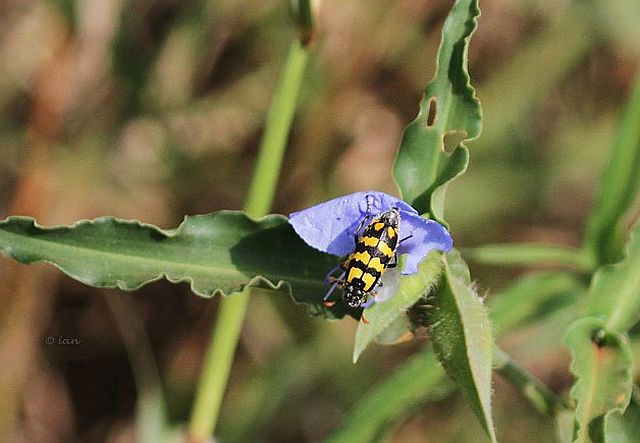 © leachy
© leachy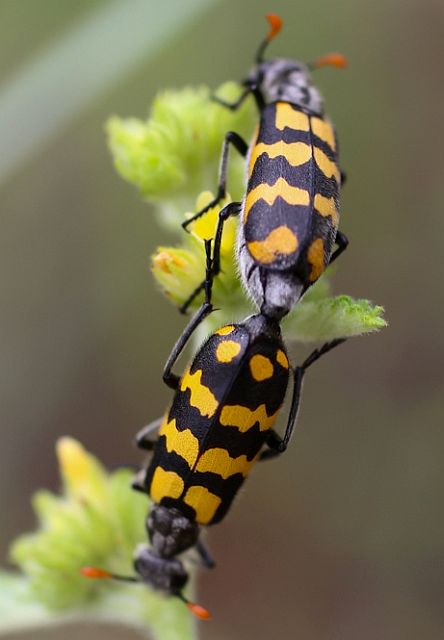 © Super Mongoose
© Super Mongoose © BluTuna
© BluTuna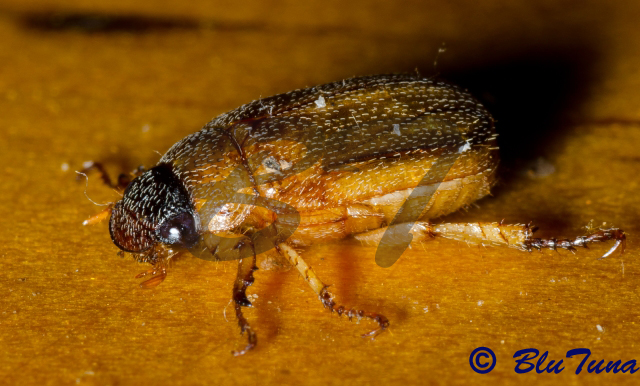 © BluTuna
© BluTuna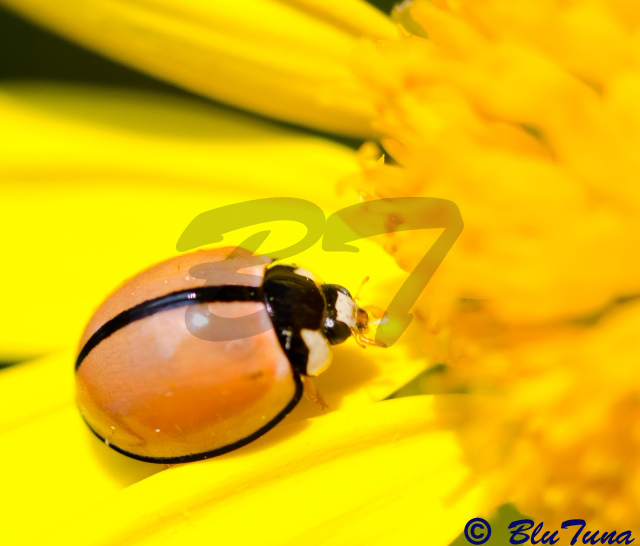 © BluTuna
© BluTuna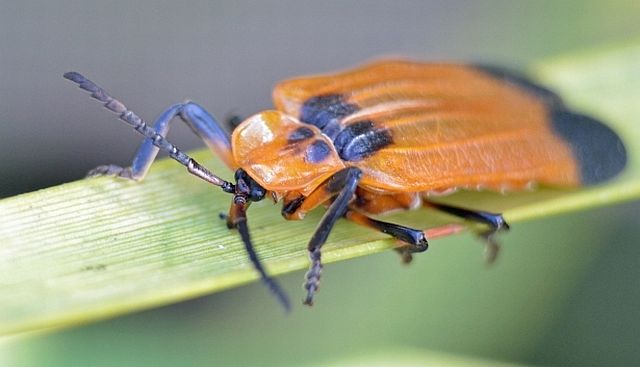 © BluTuna
© BluTuna © BluTuna
© BluTuna © BluTuna
© BluTuna © BluTuna
© BluTuna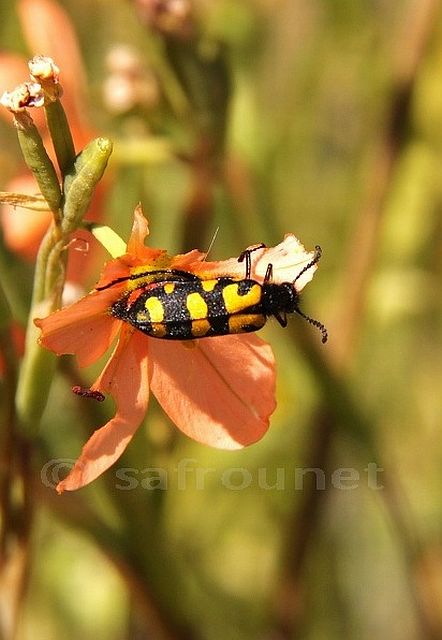 © nan
© nan